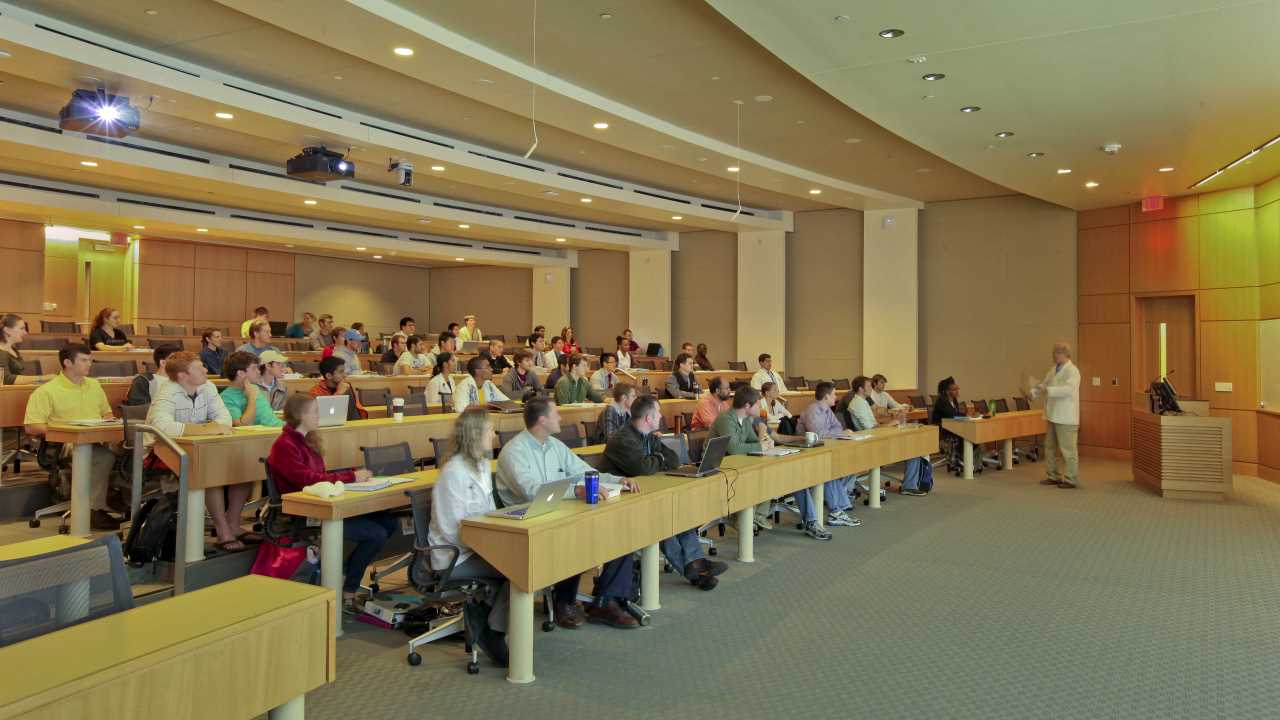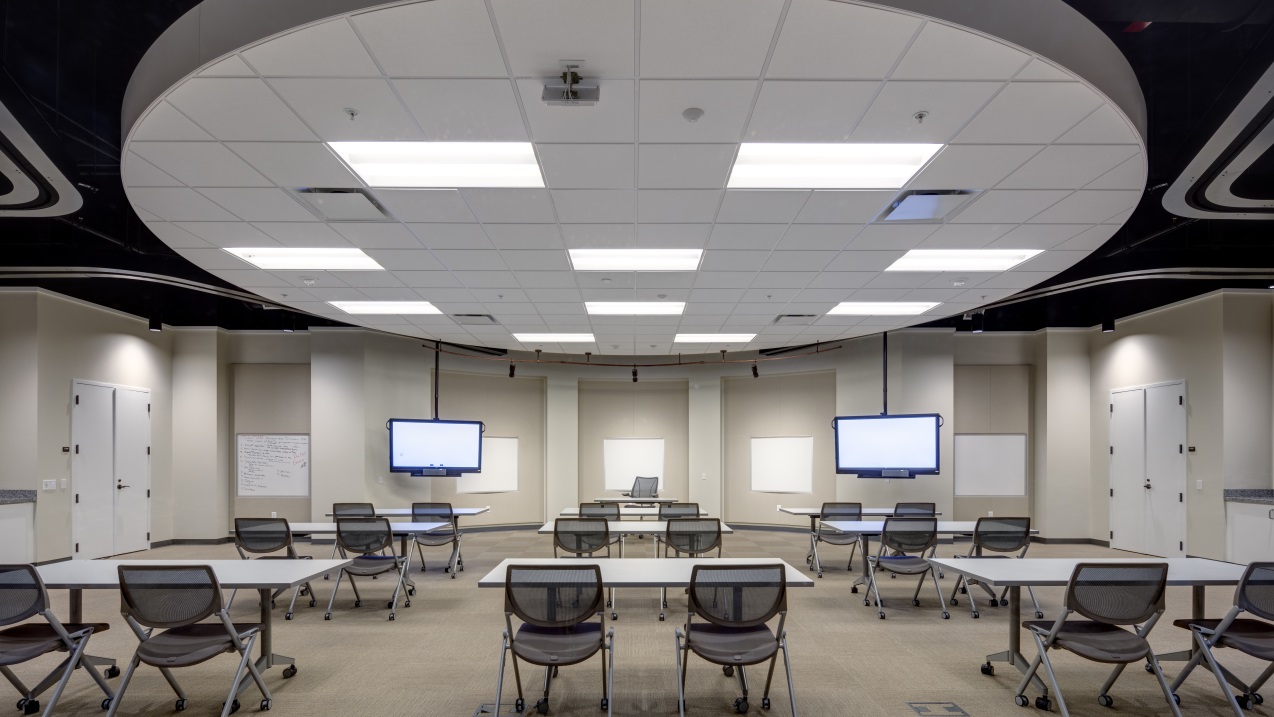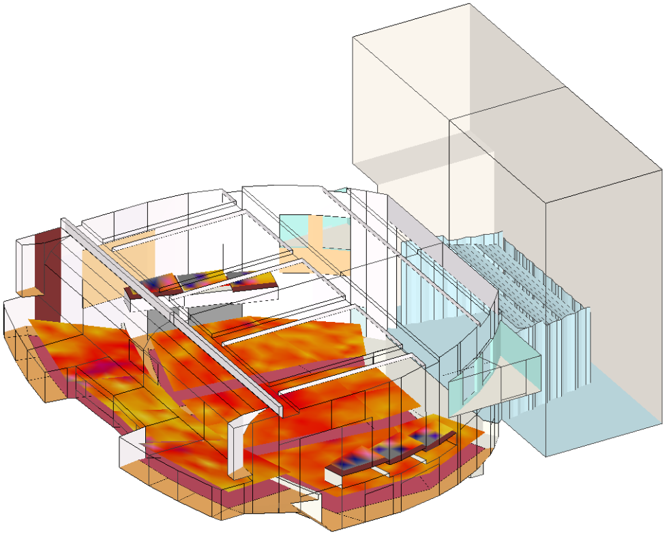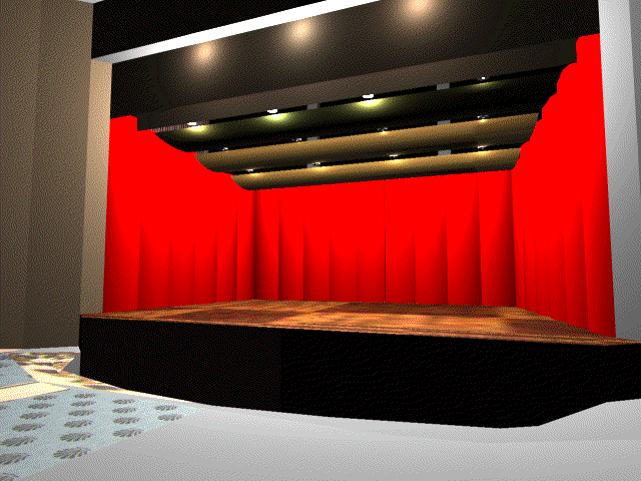Acoustics and Noise Control
Sound influences our daily lives regardless of its intent. Advancements in the field of acoustics have led to a more comprehensive understanding of the relevance of this science to our world. Effective, collaborative efforts, along with thoughtful design strategies, can result in an environment that enhances our perception, and ultimately our performance.
Architectural Acoustics
Architectural acoustics encompasses every aspect of a space, from its dimensions and shape, to the wall, floor, and ceiling construction and finishes. Careful integration of these room components is necessary to create optimum acoustical environments for speech intelligibility or musical fidelity, as well as interior and exterior sound isolation from intrusive noises. Computer modeling enables effective integration of room acoustics and sound reinforcement system parameters during the design process. Visual and synthesized aural portraits of sound can be utilized to present a real-world understanding of the soundscape in spaces such as theatres, auditoria, lecture halls, religious facilities, courthouses, and open plan offices.
 |
 |
Young students are especially susceptible to noisy spaces because their hearing process is still developing.
Equipment Noise and Vibration Control
Proper design of mechanical, electrical, plumbing, medical and laboratory systems should consider the impact of equipment noise and vibration. Improper selection, layout, or placement of the equipment can adversely affect the listening environment of building occupants. In schools, excessive background noise can result in a poor learning environment as students fail to fully identify the content of a lesson. Not surprisingly, studies have correlated noisy classrooms with low test scores. Young students are especially susceptible to noisy spaces because their hearing process is still developing.
Knowledge of the equipment and its environment is vital in order to mitigate noise and vibration regardless of whether the noise is airborne or structure-borne. Collaboration among the project team is essential to developing the most cost-effective solutions that will achieve the user’s goals.
 |
 |
Community Noise Control
Recent population growth and development have overtaken many areas once considered rural. Although this expansion has provided various benefits for residents, it has also significantly narrowed the buffers between areas zoned for commercial and residential use. Despite this increased density, residents continue to desire the same quiet environment they experienced in formerly rural areas. To address this problem, local governing bodies have replaced previously ambiguous noise ordinance codes with more definitive ordinances for maximum allowable exterior noise levels.
The acoustical impact of a new or existing project on neighboring communities can be assessed through proper identification and interpretation of applicable codes. Computer modeling can be used to create noise contour maps.
Site Investigation
A thorough knowledge of, and working experience with, acoustical and vibration instrumentation is an important element in investigating existing sound or vibration problems. Proper preparation and documentation are invaluable when conducting systematic in-depth analyses. This approach allows problem areas to be identified and effective remedies to be developed that will meet the user’s needs.

